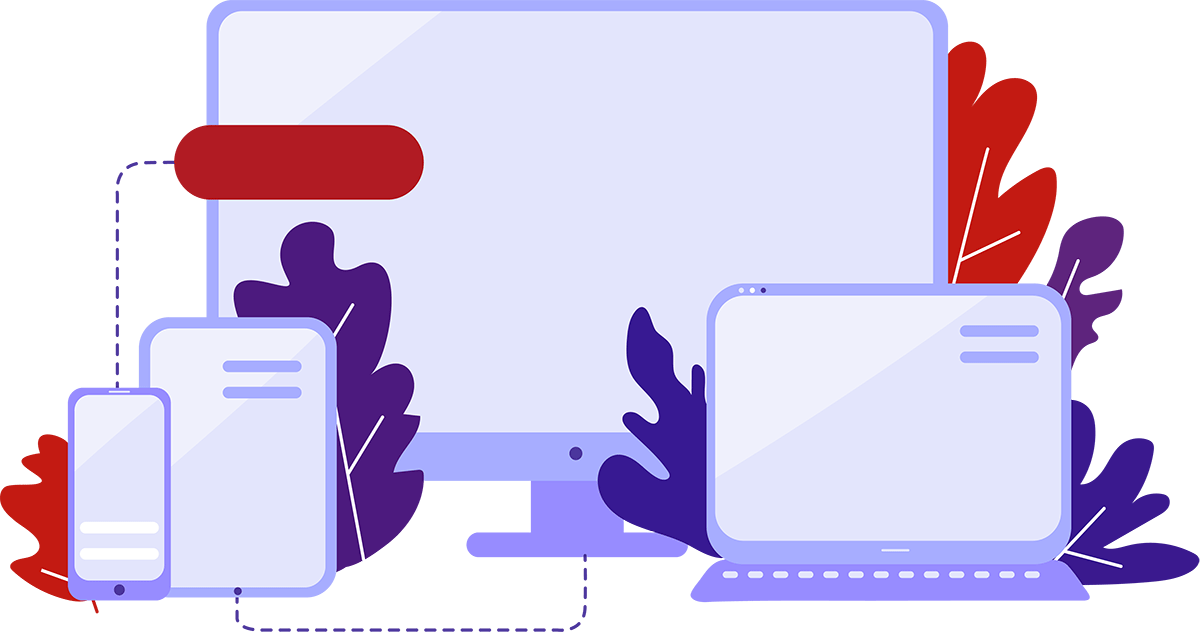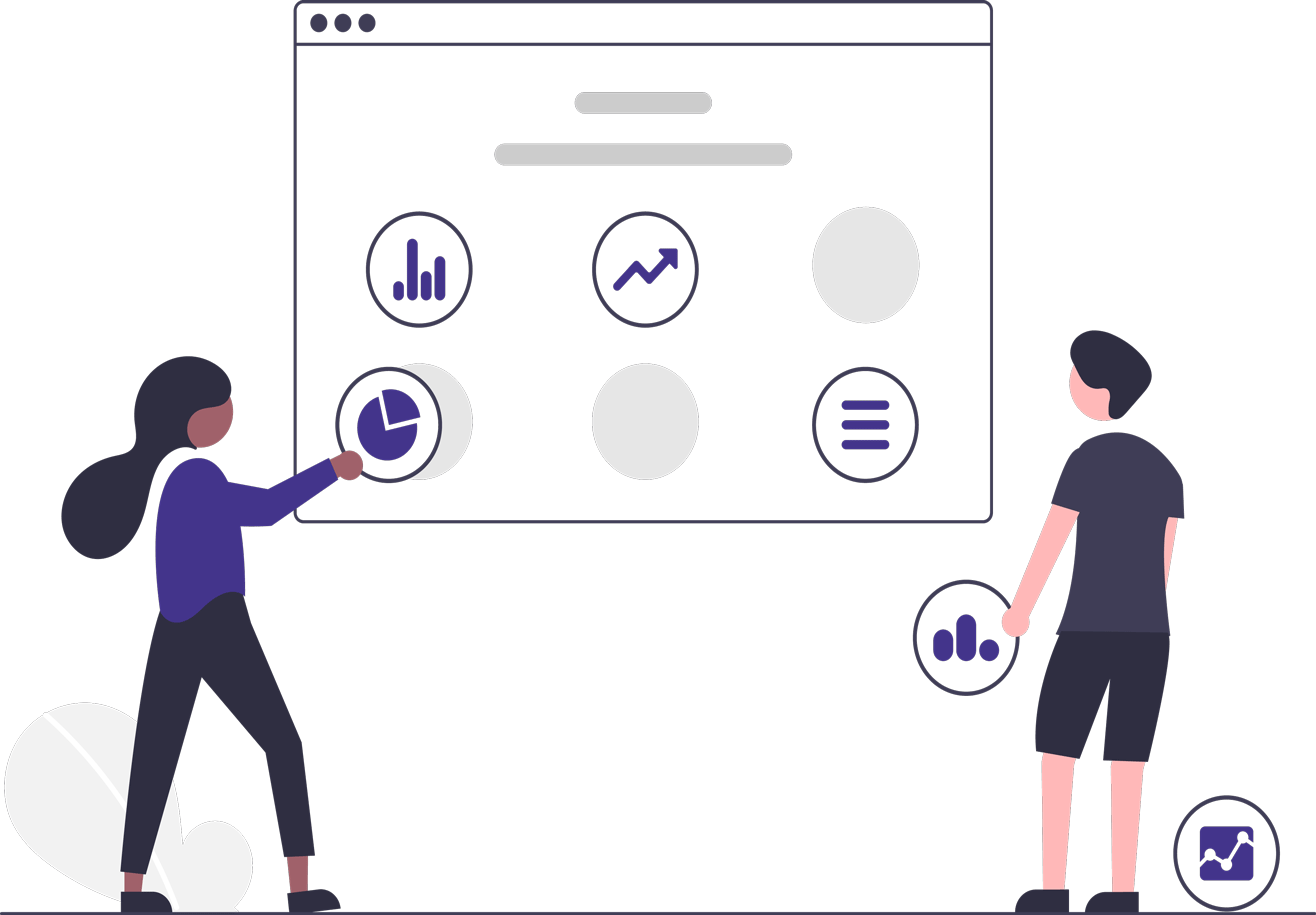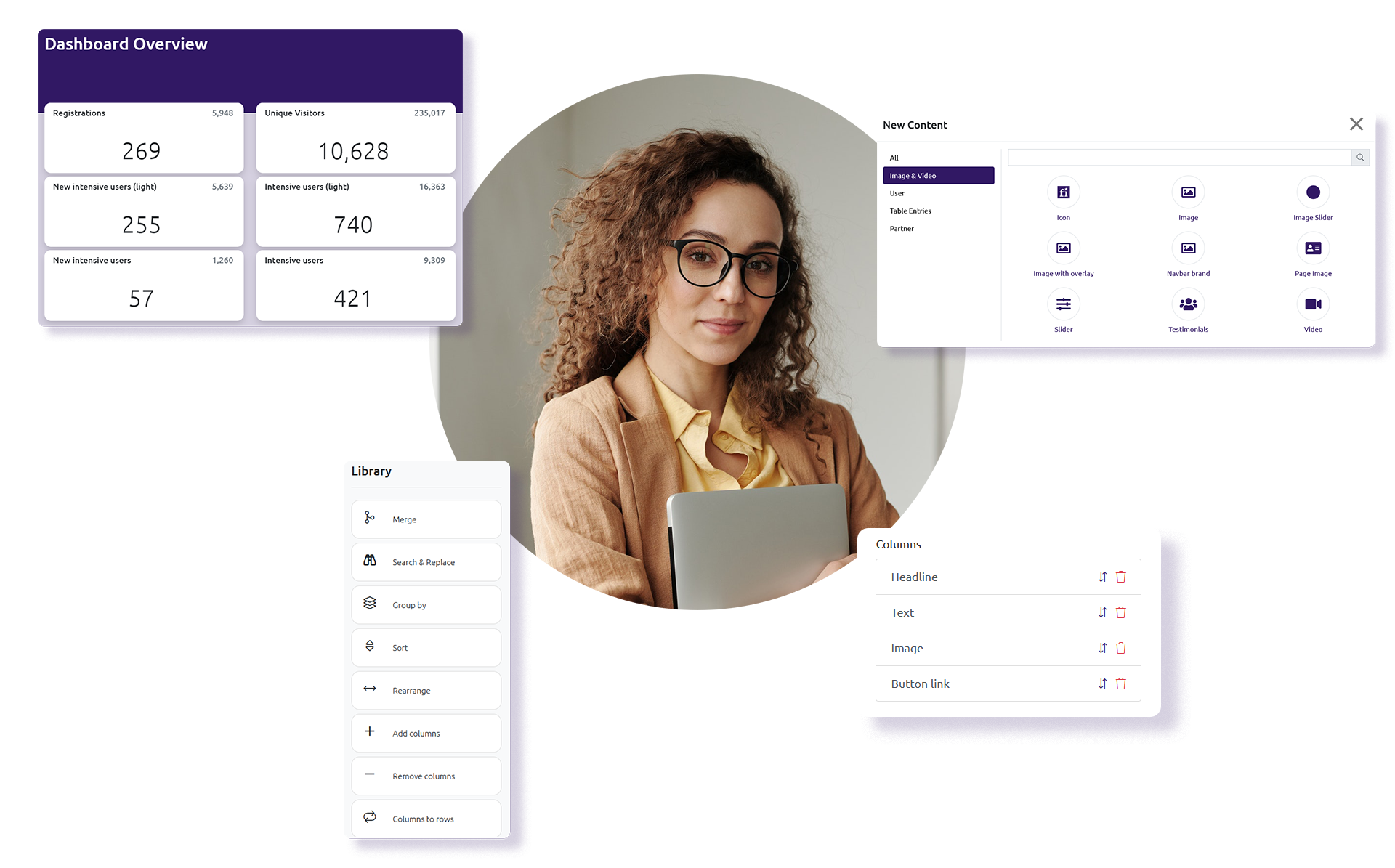Introduction to Legacy Modernisation with Low-code Platform
What to Expect
Introduction
Most businesses today are built on legacy systems - software that is outdated, inefficient, and expensive to maintain. But modernising these legacy systems can be a daunting task. That is where low-code platforms come in. Low-code platforms allow businesses to create new applications quickly and easily without having to rewrite their existing code. This can help organisations save time and money while still getting the benefits of modernisation. Here, we will look at what a low-code platform is and how it can help you modernise your legacy systems.
What is a Legacy System?
A legacy system is a collection of obsolete procedures, software, and infrastructure. Legacy systems often utilise customer-owned, hosted, maintained, and supported software and hardware and are situated in monolithic, tightly connected ecosystems. Although these systems are useful, they can be expensive to maintain and run and demand specialised IT skills for advanced and complex software development that are hard to come by. They also limit the potential to innovate.
Is Kettufy for me?
Check how you can create software solutions without developing skills.
What is Legacy Modernisation, and Why is it Important?
Legacy system modernization is an ongoing process of updating legacy systems and legacy applications to lessen the complexities and operating costs of the IT infrastructure, enhance data accuracy, allow cross-platform collaboration, and boost process flexibility.
The modernisation process involves bringing IT system frameworks and applications, including software, hardware, and networks, up to date with state-of-the-art IT solutions that are better optimised for performance, security, and scalability, along with enhanced user experiences, greater flexibility, and better insights into the operations.
Low code platforms like Kettufy are one of the most popular approaches used to help streamline the IT legacy modernization process by allowing IT professionals to quickly create applications and migrate existing data with minimal effort. It allows business users to use cloud-native technologies and new services, such as application programming interfaces (APIs), in order to leverage data from their IT systems in the most efficient way possible. This helps in providing businesses with IT solutions that meet or exceed their current security needs and allow them to stay competitive in an ever-changing digital landscape.
Why Do You Need a Legacy System Update?
The following factors influence the corporate choice to modernise outdated systems:
- Higher Costs - Maintaining old infrastructure is more expensive than maintaining modernised systems.
- Stricter Compliance - As regulatory audits and procedures tighten, outdated systems can no longer keep up with the requirements to avoid fines or losing certification.
- Efficiency - Lack of access to innovative solutions that enable better communication, collaboration, and productivity among your company employees is a hindrance to their productivity.
- Security - One of the main risks of outdated legacy systems is the absence of security upgrades given by the vendor to guard against a continuously changing threat landscape or difficulties keeping up with software patches and updates, which can leave your business susceptible.
Benefits of Kettufy Low-code Platform for Legacy Modernisation
It has always taken a lot of time and money to modernise legacy systems. But enterprises have only recently had the choice to modernise with a low-code solution. While the reduced delivery time is frequently the first advantage that comes to mind when considering low code for legacy modernizations, it is not the only one to consider.
Enhanced Productivity - A process that once required months to complete may now be completed in a couple of weeks or even days. Kettufy's low-code development platform has removed time as a barrier to meaningful innovation. The low-code implementation makes it easier to reuse modules and components, which improves consistency.
Quality Improvement - Using the Kettufy low-code platform means drastically reducing the manual entry of massive lines of code, thereby limiting the possibility of mistakes. Even though testing is still crucial to low-code app development, standard and simple-to-use components and modules provide the majority of the application's capability, enabling the "check once, utilise numerous times" approach.
Improved Agility - The visual design elements of Kettufy low-code allow the utilisation of drag-and-drop components and prototype-driven logic via a graphical user interface instead of coding, which significantly decreases development cycles.
Scalable Data Structures - If you are struggling with any outdated modules or foresee any future business needs, you will not have to redo everything. With the Kettufy low-code platform, you can utilise pre-built components and modules for rapid application development. Also, you might not need to edit, correct, or debug the code at multiple places since it is focused on a single location.
Change Adaptation - While Kettufy low code platform improves communication between business users and IT, no solution is ever permanent and always requires updation or improvements from time to time. The graphical aspect of Kettufy's low-code development enables the rapid creation of first prototypes and proof of concepts for business evaluation and assessment.
Start Legacy Modernisation with Kettufy Low-code Platform
Taking the leap towards digital transformation and modernizing legacy software is no easy task, but it does not have to be daunting. Kettufy's low-code platform simplifies the process through its drag-and-drop pre-built components, creating workflows, intuitive layouts and equipment that makes it easy for any business to begin its journey towards modernisation.
The platform allows you to connect existing systems, and restructure existing data, together with creating new business applications in an easy-to-use development environment - all from one place.
With powerful automation and analytics tools available, you can rapidly detect and mitigate risks within large projects. Additionally, Kettufy also offers hosting services, so you do not have to take on the burden of managing upkeep and security.
With all the necessary resources at your disposal, simply sign up and start transforming your legacy system today to open new possibilities for greater operational efficiency!
Conclusion
When it comes to the development of software solutions, there are two main methods: Citizen Development and Shadow IT. Both have their own pros and cons, so understanding the difference between the two can help you decide which one is best for your organization.
- Unlike so-called "shadow-IT," which takes place without IT's knowledge or oversight, citizen development is closely supervised by IT. However, just endorsing the work of these amateur programmers is not always a wise course of action.
- With the advent of code-no-code platforms that require no programming knowledge at all, the line between citizen development and shadow IT has become murkier. IT governance is limited or nonexistent in many of the software solutions targeted at citizen developers that are now accessible. Simply giving the green light for a business to start developing its business apps is insufficient on the part of IT. The IT department must actively steer and control the entire process.
- This compartmentalised citizen development strategy disregards how contemporary teams operate. Business developers very rarely create apps from scratch, without help, and then maintain them for the duration of their existence. Instead, most businesses use cross-functional teams that collaborate to develop apps and comprise experienced developers and business specialists.
Is Kettufy for me?
Check how you can create software solutions without developing skills.
Bonus Information
What All Can You Build using Kettufy Low-code Platform?
#1 Workflow and Process Management App.
#2 Application for Human Resource Management.
#3 CRM (Customer Relationship Management) Software.
#4 Tool for Asset Management.
#5 Application for Case Management.
#6 App for Healthcare Management.
#7 Apps for Hospitality.
#8 SaaS Development.
#9 Applications for Regulatory Compliance.
#10 Citizen Development with Kettufy.
#11 Omnichannel Endpoints for Core Systems.
Visit the page to learn about everything you can build with the Kettufy low-code platform.




.png)


.png)

